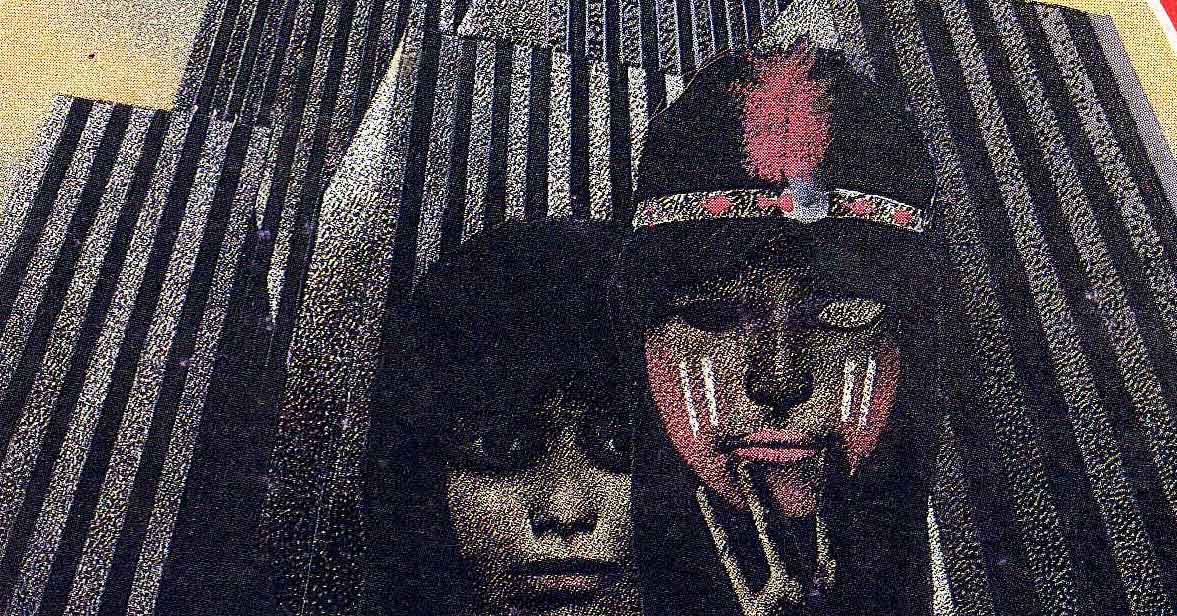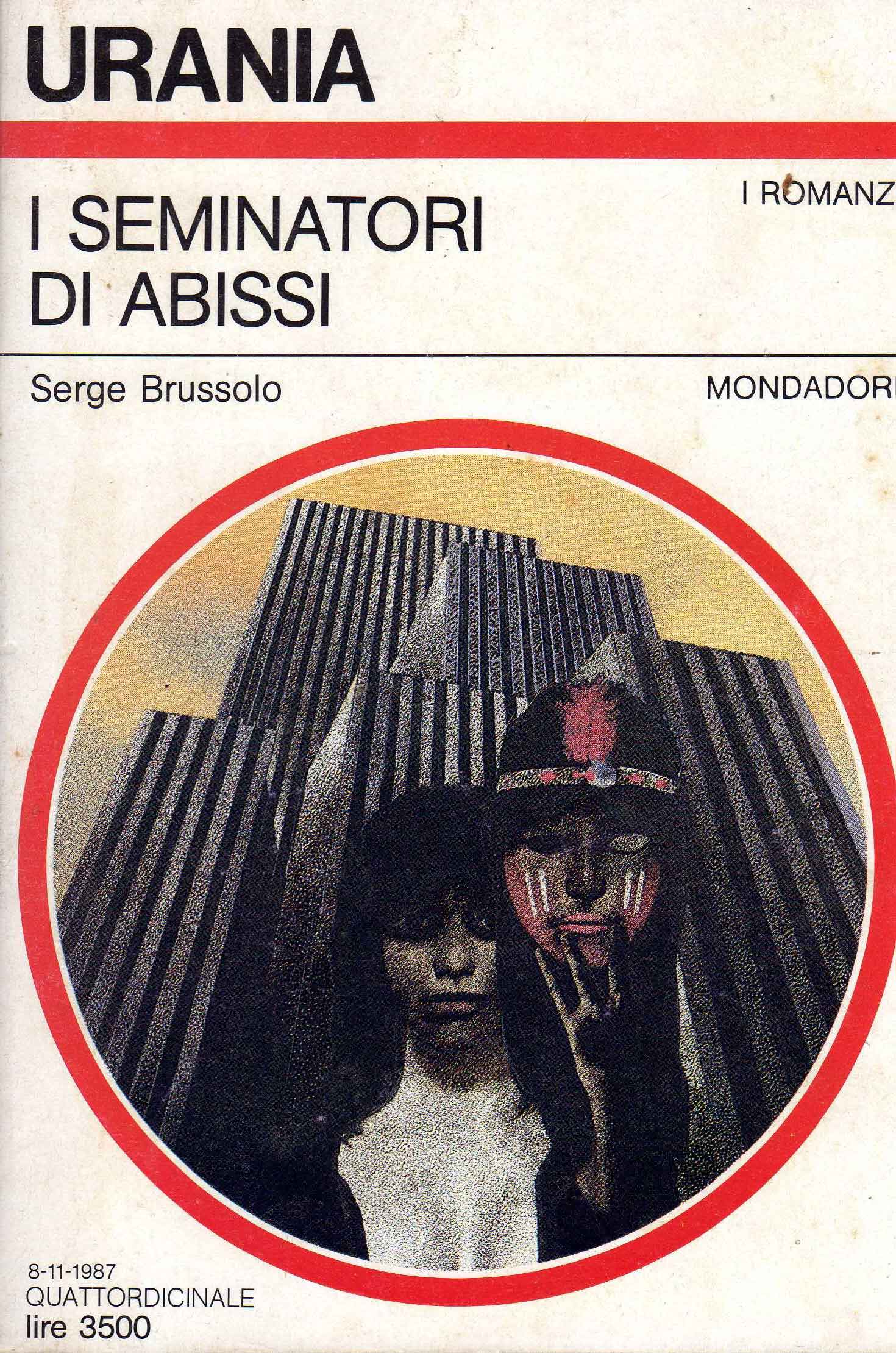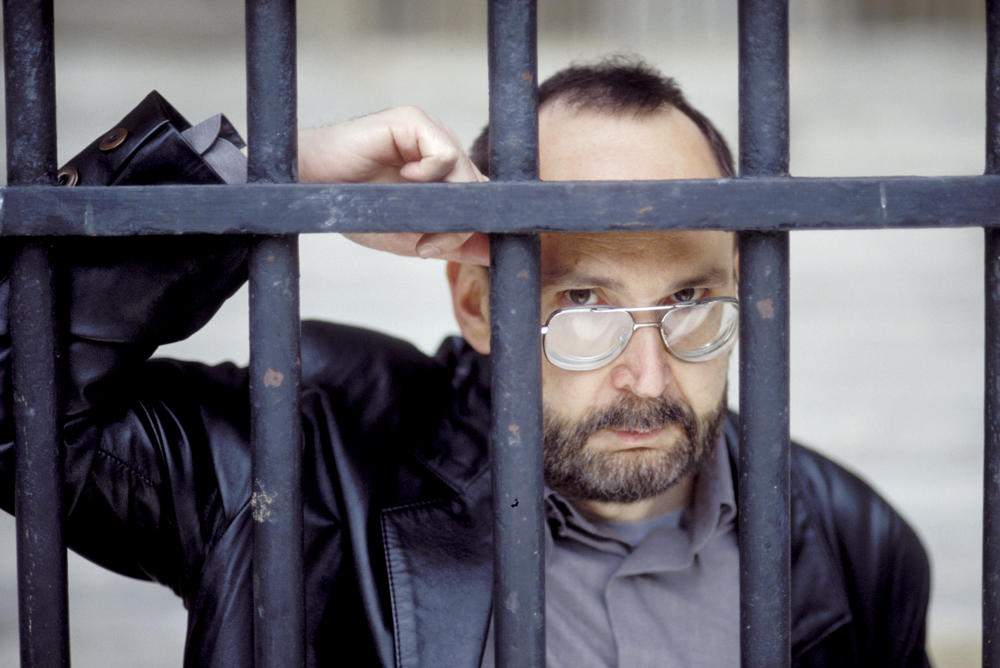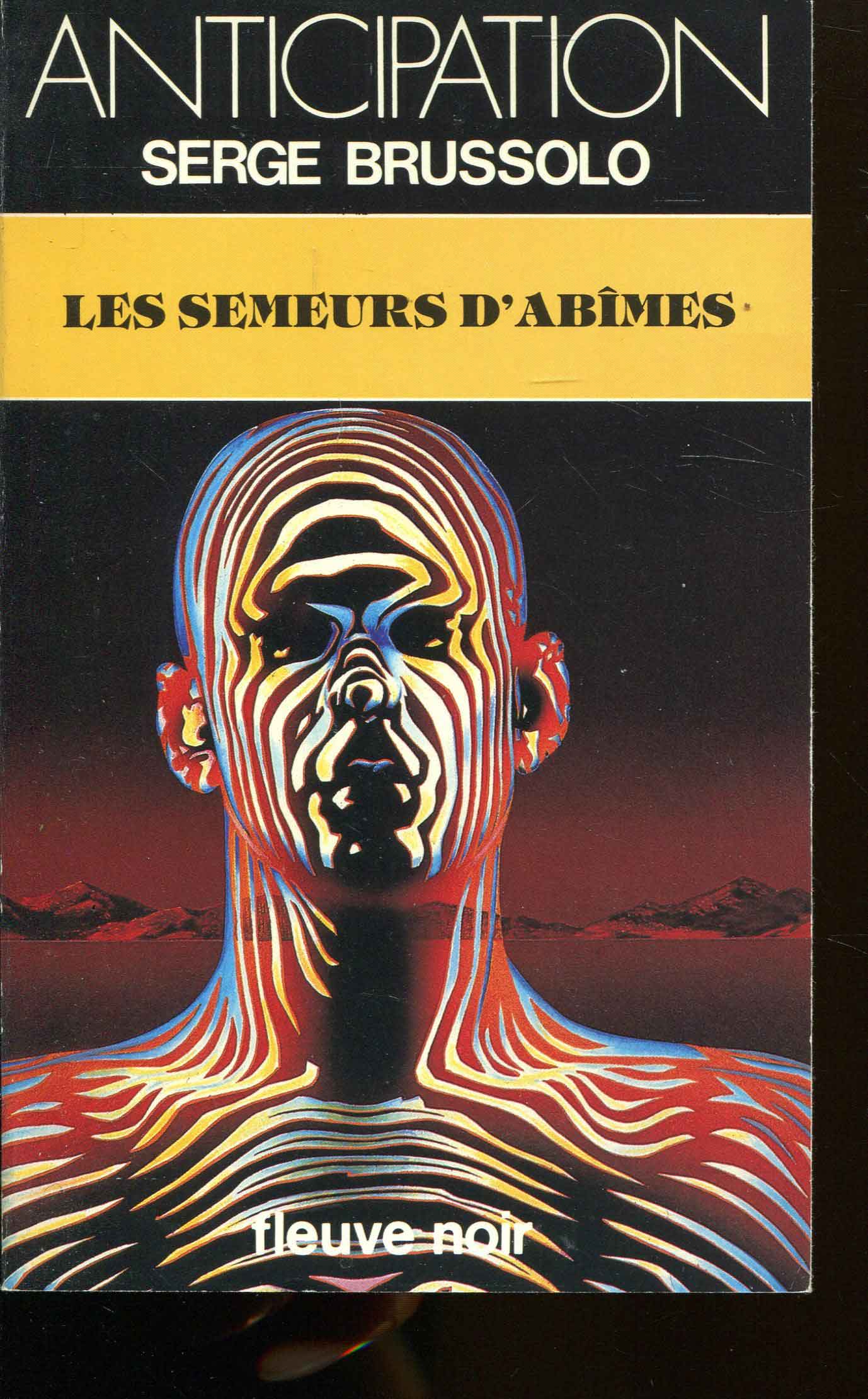”New lap, new race, new section of the site: Fiction and non-fiction. Let us consider “Les Semeurs d’abîmes ”, an old story by Serge Brussolo, an imaginative and prolific French narrator, very active especially in the 80's and 90's.
Lorenzo
Brussolo’s style is extremely effective, black and nervous: a vivid imagination constantly cloaked in darkness. With a constant pessimism, which is so natural to him that it is extremely convincing, it is not that Brussolo does not admit alternatives … he does not see any, so much so that he does not even consider the possibility.
This supremely distressing style of his turns out to be perfect for a particularly dark sci-fi genre, heavily contaminated by very strong and effective elements of innovative horror-gore and fantasy, a very personal Cyberpunk. In some ways, it could be compared to a Ballard with a crazy imagination, completely disillusioned and completely devoid of empathy towards any living being.
Thinking that such a character can also try his hand at writing for children is sincerely shuddering, yet in a world like this, it could also happen.
And indeed it happened.
However, we will deal with this splendid “visionary” work which is ‘Les Semeurs d’abîmes’, a 1983 novel.
The synopsis of the story:
In the near future, genetic experiments have led to the creation of a new race of humans, the “Harlequins”, with morphological characteristics and pigmentation from various ethnic groups.
This new race with its multicolored and iridescent skin, whose deadly body secretions can pierce rock and steel, are imprisoned in a reserve in the territory of Shaka-Kandarec (very recurrent in Brussolo’s narrative) and as custodians are assigned a zoologist, David Sarella (another name that is a constant in the Brussolian production), the violent policeman Cazhel.
They are accompanied by Barney, an elderly shady figure who finds himself there thanks to strong government contacts, he has also opened dozens of workshops across the country that perform innovative and mysterious mobile tattoos.
In one of these works the young tattoo artist Lise who, when her clients begin to die, horribly corroded by the ink used, tries to track down Barney, discovering, behind the apparent unpredictable tragedy, a precise governmental purpose of reducing the youth population. the segment that is most attracted to the new fashion.
Talking about it with Barney, Lise realizes that the revolutionary ink is nothing more than the secretion of the Harlequins combined with an anticoagulant that makes the design between the layers of the tattooed skin mobile; after some time, however, the anticoagulant loses its effectiveness and the acid begins to corrode.
Lise, also having a tattoo and driven by feelings of guilt, goes to Shaka-Kandarec to look for an antidote that neutralizes the deadly ink and stops the massacre.
When The Girl arrives, the Harlequins, assailed by an illness, the “migratory fever” (clear quote from “The future life” by H.G. Wells), have already fled to start a long journey. The girl joins David and Cazhel and sets out in pursuit of the fugitives on an odyssey through the Shaka-Kandarec region, the homeland of the world’s outcasts.
The life of the populations of this region, each with unique characteristics, takes place on suspended bridges over a sea of poisonous mud, bridges that the acid secretions of the fugitives are endangering, so much so that the Harlequins have earned the nickname of “
Lise, also having a tattoo and driven by feelings of guilt, goes to Shaka-Kandarec to look for an antidote that neutralizes the deadly ink and stops the massacre.
When The Girl arrives, the Harlequins, assailed by an illness, the “migratory fever” (clear quote from “The future life” by H.G. Wells), have already fled to start a long journey. The girl joins David and Cazhel and sets out in pursuit of the fugitives on an odyssey through the Shaka-Kandarec region, the homeland of the world’s outcasts.
The life of the populations of this region, each with unique characteristics, takes place on suspended bridges over a sea of poisonous mud, bridges that the acid secretions of the fugitives are endangering, so much so that the Harlequins have earned the nickname of “Les Semeurs d’abîmes” (sowers of abyss). Obviously, if the Harlequins are not stopped, they will pierce the whole world, risking the probable extinction of all forms of terrestrial life.
Another threat looming on settled populations is the rapid spread of the disease brought by the Harlequins, unnecessarily hindered by the inoculation of an antagonist virus discovered by Rilk, a scientist belonging to the Morhad population.
From now on, it will be a succession of madness, in the typical Brussolian style, but we will not ruin the surprise with useless spoilers.
FRENCH INTERVIEW TO SERGE BRUSSOLO
FINAL CONSIDERATIONS
It is quite curious how practically every dystopian story or film released so far, deals, in addition to genetic mutations and cloning, with a pandemic and a plan for a drastic reduction of the population, be it through contagions, poisoning, or lies of various kinds, such as climatic “catastrophes” and insufficient resources
Here we also have an extremely current and, for this reason, very disturbing part: that of tattoos, extremely “expanded” fashion today and which makes us think a lot.
Are we talking about novels or historical advances? Furthermore, is it possible that every dystopian science fiction writer is also a clairvoyant?







